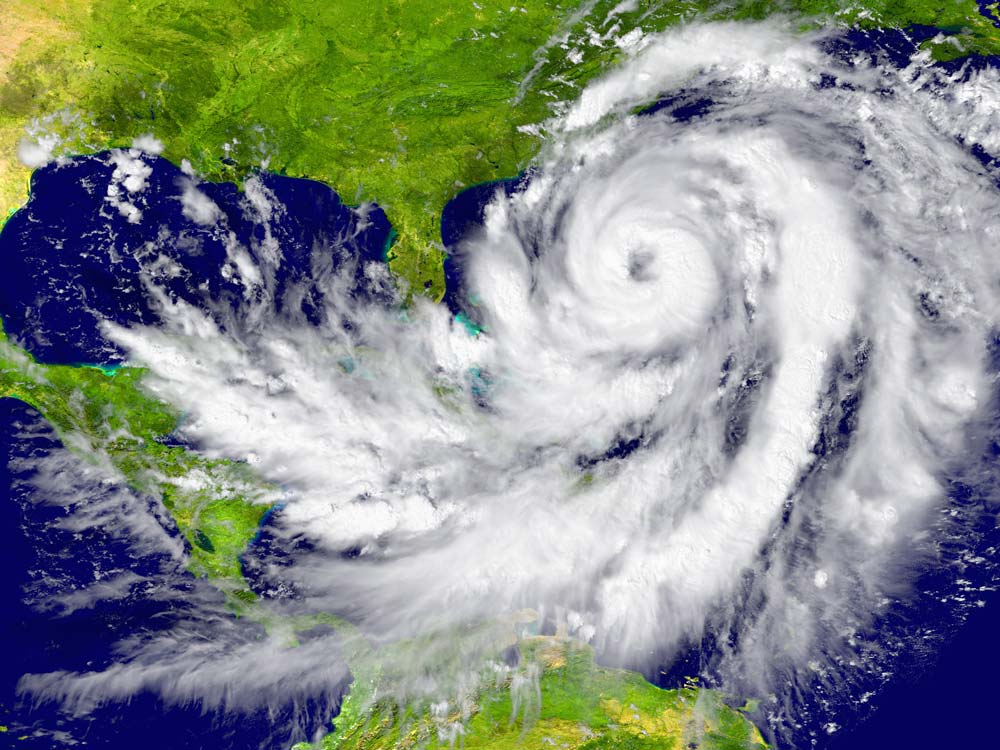Five Crisis Plan Improvements You Must Make Now

Anytime is a good time to review the plans to have you in place to manage emerging issues and full-blown crises and ensure you are up-to-date on best practices, especially when it comes to digital technology and the impact of social media.
We live in uncertain times with increasing social, cultural and political risks from a society which is divided, partisan and confrontational, factors which are impacting company reputations, brands and marketing campaigns.
Add into that volatile mix the increasing speed and transparency by which information is shared and commented upon, thanks to social media, and it’s never been more important to be prepared.
Here’s the five areas of improvement that you should address in your 2020 crisis plans:
Make the plan shorter
The days of the 100-page plan in a 3-ring binder, with thick sections attempting to cover every scenario and every nuance of every situation, are over. Friedrich Soennecken, who registered the patent for the 3-ring binder in Bonn, Germany, in 1886, would be astonished if he could see the advances in digital communications – and even more surprised if you told him that we were still using his 130-year old invention as a tool to protect our organizations at the time of the most critical events.
Make the plan more workable
The 100-page plans were never meant to be usable at the time of a crisis – and many times were not even consulted when bad things happened. They were meant to fulfill some form of legal requirement. What the crisis team needs at the moment of threat are tools to help them make decisions, do the right quickly and organize an effective workflow. So that means checklists, protocols, escalation procedures, decision-making guides and access to the appropriate specialist expertise. It’s these resources that the modern crisis plan is built upon.
More social media
It’s likely that the first few hours of any crisis plays out on social media. It’s also likely that unless your crisis plan was created or updated very recently, then it does not reflect the importance of social media. You need to engage quickly to monitor and analyze what is being said and by whom on social channels such as Twitter, YouTube and Instagram. You also need a well- prepared team with the resources to get your own message out – and correct the most damaging falsehoods that will inevitably begin to appear on other people’s posts about your crisis.
Escalation protocols
Not every crisis begins as a crisis. Sometimes it begins as an issue – early reports of a faulty product or complaints about the content of your marketing or rumblings of complaints among your customers. Sometimes, these early disturbing signs fade away thanks to your efficient management of the situation – or it was just a false alarm in the first place. However, sometimes, the volume of discontent grows, the situation worsens, becomes more visible, involves more people and the potential damage to your organization begins to swell. Your crisis plans must be able to identify what level of situation you are facing and the appropriate responses – and help you identify when it is getting more serious, and you need to bring in more resources and elevate your response.
Use a crisis app
These steps to strengthen your crisis preparedness are made easier and more effective if the members of your crisis team are using a crisis app to activate and access issues and crisis preparedness resources. When speed and effectiveness of response are so crucial, how can email, text and the 3-ring binder manage the threat faster than using smartphones to access the plans with a few clicks of an icon – no matter where team members are located and no matter what time of day.









